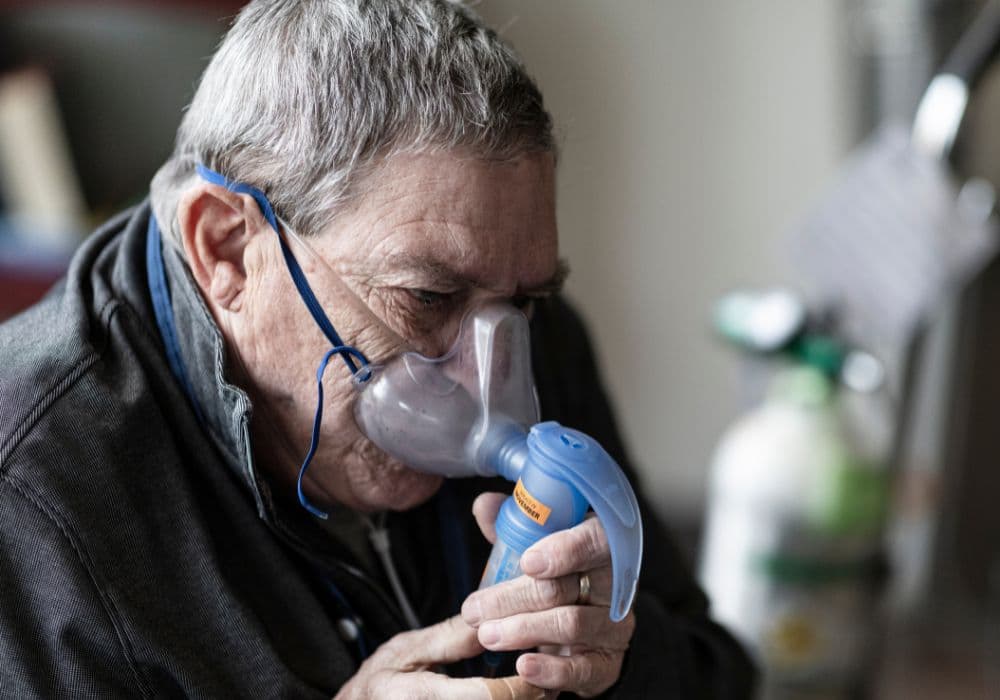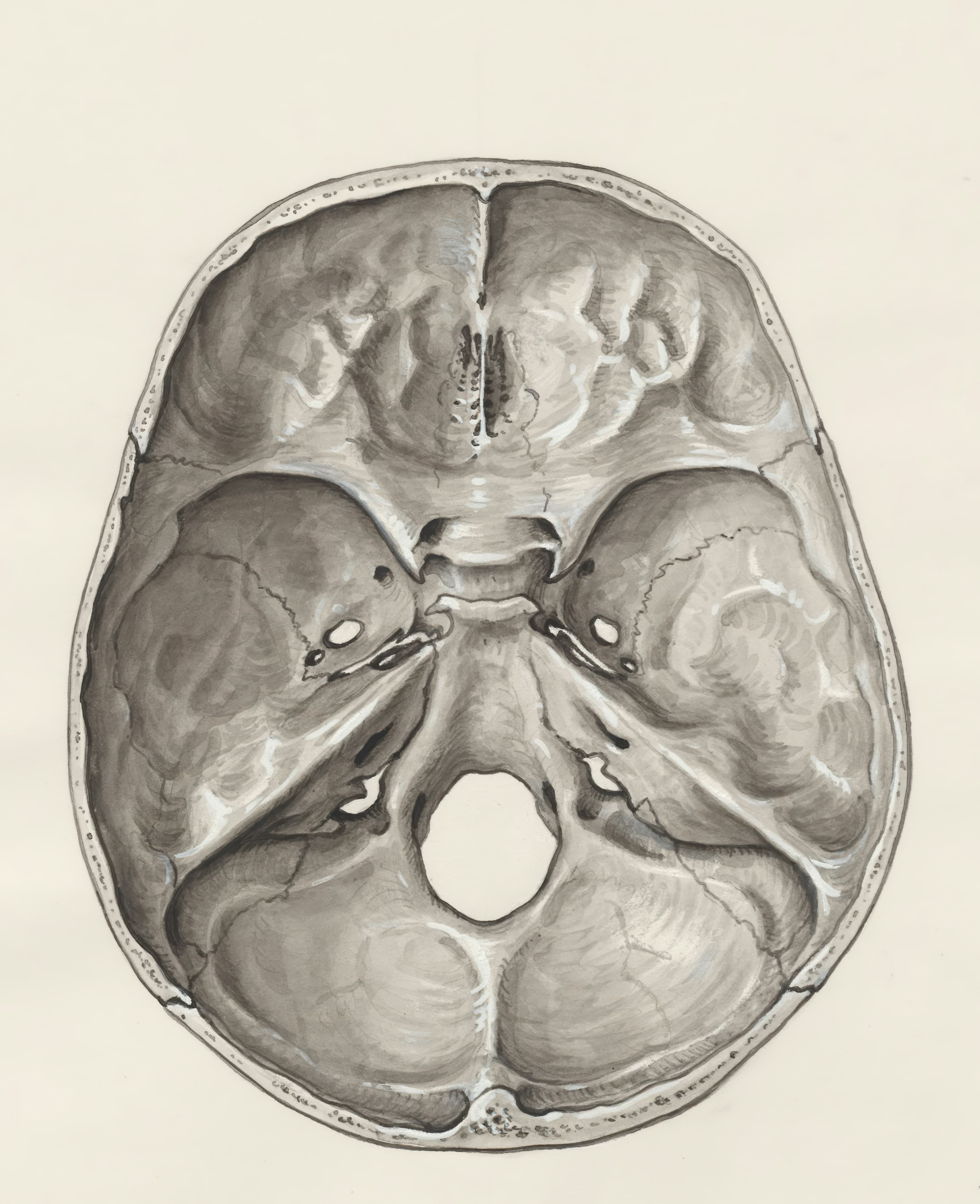Chronic Obstructive Pulmonary Disease (COPD) is a chronic respiratory condition characterized by persistent airflow limitation in the lungs. This limitation is progressive and typically associated with symptoms such as cough, shortness of breath, and excessive mucus production. COPD is often caused by long-term exposure to irritants, most commonly cigarette smoke.
Laying the Foundation: What is Chronic Obstructive Pulmonary Disease?
Identifying the Problem: Chronic Obstructive Pulmonary Disease Symptoms
Chronic Obstructive Pulmonary Disease (COPD) is a progressive lung disease that can cause a range of symptoms, including coughing, wheezing, and shortness of breath. It is essential to recognize and identify these symptoms early on in order to start treatment and slow the progression of the disease. In some cases, COPD symptoms may be mistaken for other respiratory conditions, making it crucial to visit a healthcare professional for a proper diagnosis. Identifying the problem of COPD symptoms also involves understanding the risk factors associated with the disease, such as smoking, environmental exposure, and genetic predisposition. By recognizing these symptoms and risk factors, individuals can take proactive steps to manage and potentially improve their lung health. Additionally, early detection and treatment can significantly improve the quality of life for those with COPD, making it imperative to pay attention to any persistent respiratory symptoms and seek medical attention promptly.
From Subtle to Severe: A Spectrum of COPD Manifestations
COPD symptoms can vary in intensity and may initially manifest as a mild cough or occasional shortness of breath. Over time, these symptoms can worsen and become more pronounced, impacting daily activities such as walking, climbing stairs, or even simple tasks like dressing or bathing. Understanding the range of symptoms and their progression is crucial for early detection and management.
The Daily Struggles: Living with COPD Symptoms
Living with COPD can be challenging, as the symptoms can significantly impact a person's quality of life. Fatigue, frequent respiratory infections, difficulty sleeping, and limitations in physical abilities can all contribute to emotional distress and social isolation. Recognizing the daily struggles faced by individuals with COPD is crucial for providing comprehensive support and care.
Seeking Relief: Chronic Obstructive Pulmonary Disease Treatment
Chronic Obstructive Pulmonary Disease (COPD) is a progressive lung disease that makes it difficult to breathe. While there is no cure for COPD, there are various treatment options aimed at providing relief and managing symptoms. Medications such as bronchodilators and inhaled corticosteroids can help open up airways and reduce inflammation, making breathing easier. Pulmonary rehabilitation programs can provide exercise training, nutritional counseling, and education to help improve lung function and overall quality of life. In some cases, oxygen therapy may be necessary to ensure the body is getting enough oxygen. Additionally, quitting smoking and avoiding exposure to environmental irritants can help slow the progression of the disease. In more severe cases, surgical interventions such as lung volume reduction surgery or lung transplant may be considered. It's important for individuals with COPD to work closely with their healthcare team to develop a personalized treatment plan that addresses their specific needs and concerns.
Medical Interventions: Medications and Therapies for COPD
The treatment of COPD focuses on managing symptoms, reducing exacerbations, and improving lung function. Various medications, such as bronchodilators and corticosteroids, can help open up the airways and reduce inflammation. Pulmonary rehabilitation, oxygen therapy, and vaccination for respiratory infections also play a significant role in improving the overall well-being of COPD patients.
Enhancing Quality of Life: Supportive Care and Lifestyle Changes
In addition to medical interventions, there are several supportive care measures and lifestyle changes that can enhance the quality of life for individuals with COPD. These include smoking cessation programs, pulmonary rehabilitation, physical activity, healthy dietary choices, and the avoidance of triggers such as air pollution and respiratory irritants. Collaborating with healthcare professionals and making positive lifestyle choices can make a significant difference in managing COPD.
Tracing the Origins: Causes of Chronic Obstructive Pulmonary Disease
Chronic Obstructive Pulmonary Disease (COPD) has been linked to various causes, with smoking being the most significant risk factor. Tobacco smoke contains harmful chemicals that damage the airways and air sacs in the lungs, leading to inflammation and narrowing of the air passages. Other factors contributing to the development of COPD include long-term exposure to air pollutants, such as smoke from cooking and heating fuels, as well as genetic predisposition, respiratory infections, and occupational exposure to dust and chemicals. In some cases, COPD can be connected to a rare genetic disorder called alpha-1 antitrypsin deficiency. Understanding the origins and causes of COPD is crucial for developing effective prevention and treatment strategies. By addressing the underlying risk factors and promoting healthy lifestyle choices, such as quitting smoking and reducing exposure to pollutants, the incidence and impact of COPD can be mitigated, improving the quality of life for those affected by this debilitating disease.
The Role of Smoking: A Leading Contributor to COPD
Cigarette smoking is the leading cause of COPD, accounting for approximately 80-90% of cases. Prolonged exposure to cigarette smoke damages the delicate lung tissue, leading to inflammation and a progressive decline in lung function. Other factors, such as long-term exposure to environmental pollutants, occupational hazards, and genetic predisposition, can also contribute to the development of COPD.
Exacerbations of COPD
Exacerbations of COPD, also known as flare-ups or lung attacks, are episodes where the symptoms of COPD worsen suddenly. These exacerbations are often triggered by infections, air pollution, or other environmental factors. During exacerbations, individuals with COPD may experience increased breathlessness, coughing, and chest tightness. These episodes can be very distressing and have a significant impact on the patient's quality of life. Exacerbations can also lead to hospitalization and may even be life-threatening, so it is crucial for individuals with COPD to be vigilant and seek medical attention promptly if they experience any worsening of symptoms. Management of exacerbations often includes the use of medications such as bronchodilators and corticosteroids, as well as oxygen therapy. Preventative measures, such as flu vaccinations and avoiding exposure to respiratory irritants, are also important in reducing the risk of exacerbations. Overall, exacerbations of COPD require careful management and support from healthcare professionals to minimize their impact and ensure the best possible outcomes for patients.





